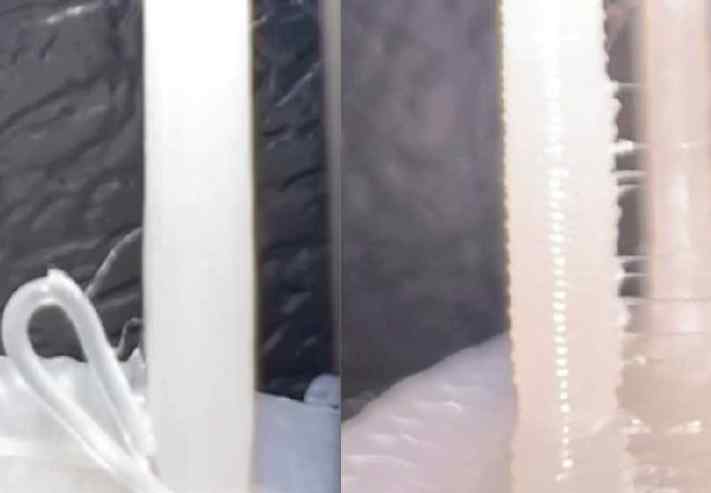
Week 13 - How to Make (almost) anything else
For Wild Card week, I was unable to join any the scheduled sessions that I had intended to go to on metalwork or embroidery because of conflicts with the hockey team practice and meetings with my thesis advisor, so I tried to tackle a new topic on my own, namely universal slicing. I have been interested in non-planar slicing for 3D printing, and I was particularly interested in the nonplanar.xyz link shown in the 3D printing week of class. I first opened up some simple G-Code files so that I could better understand the formatting, and after understanding what the initial setup of the program required for my particular printer, it seemed clear that the slicer was not utilizing the best 3D geometries possible.

While traditional slicers do print well for the majority of use cases, a significant number of geometries that are nearly impossible to print could be made readily available if printers could alternate between layer-by-layer printing and vertical or angled printing. Approaches to address this issue have broadly taken the name 'universal slicing' which refers to combining the litany of possible alternatives to layer-based printing that researchers and designers are exploring. While many non-planar geometries would benefit from universal slicing, I explored two that demonstrate the key structural and physical properties that make alternative slicing. In addition to their functional benefits, these prints also required significantly less time to print than their sliced counterparts due to the saved travel time of the print head.

I settled on two simple geometries to demonstrate the weakness of traditional slicers - vertical columns and spiral-based springs. Beginning with columns, certainly traditional slicers are capable of making the hollow cube geometry. When the strength of the output was investigated, however, the thin PLA layers of the columns were brittle and broke immediately, while the continuously extruded column of equal size that printed vertically in the same PLA was more durable, rigid, and withstood bending without snapping.

In the case of a spring, one can cleverly bend PLA and vary the width to create a compliant mechanism, but if the goal is to create a spiral-shaped spring that can wrap around an inner tube as many non-printed mechanisms do, 3D printers are unable to make any flexible coil without support material which introduces weak points into the structure. When the printhead moved in a spiral continuously, however, the resulting springs were both self-supporting without the need for supports and held their shape after being used repeatedly as seen below: